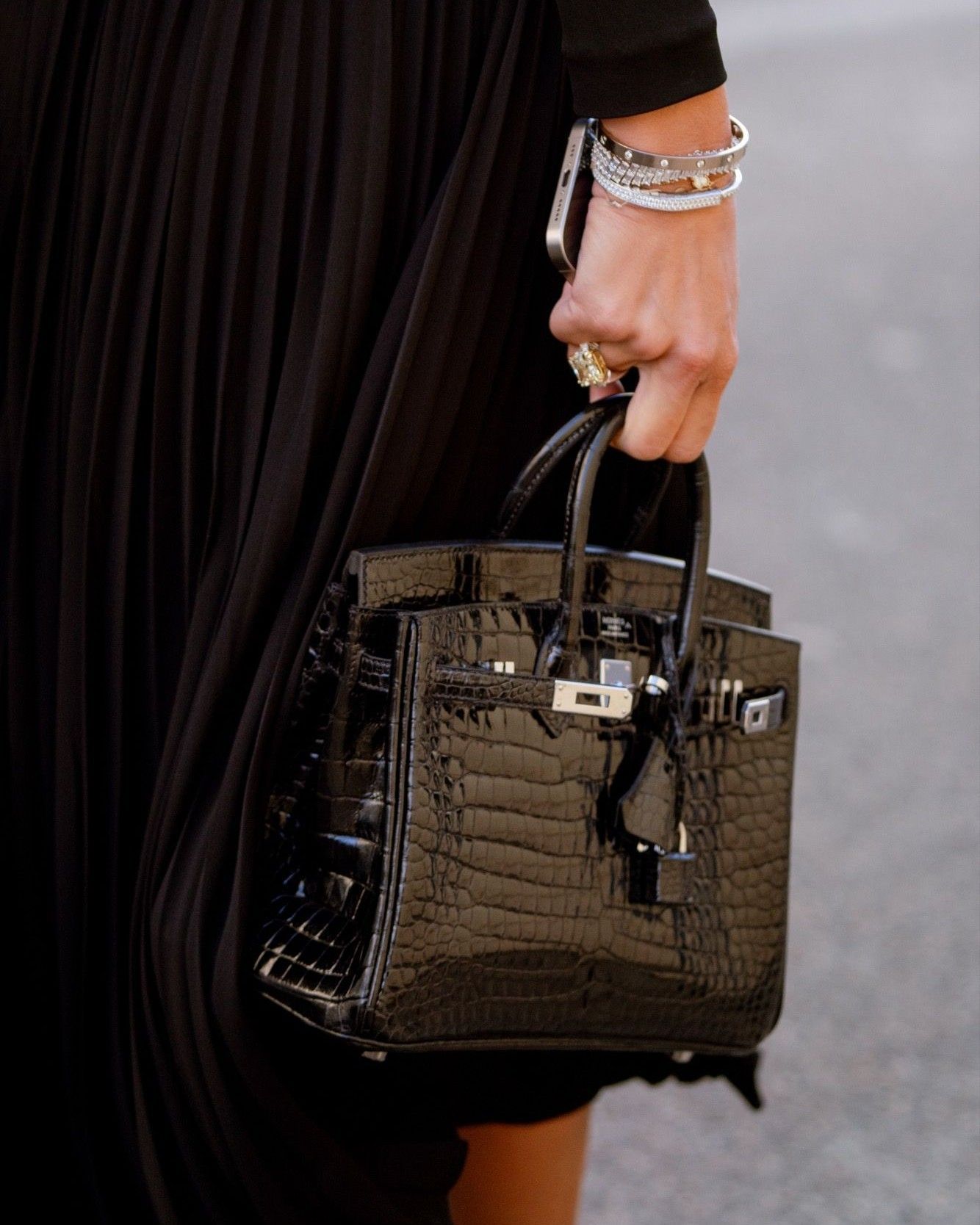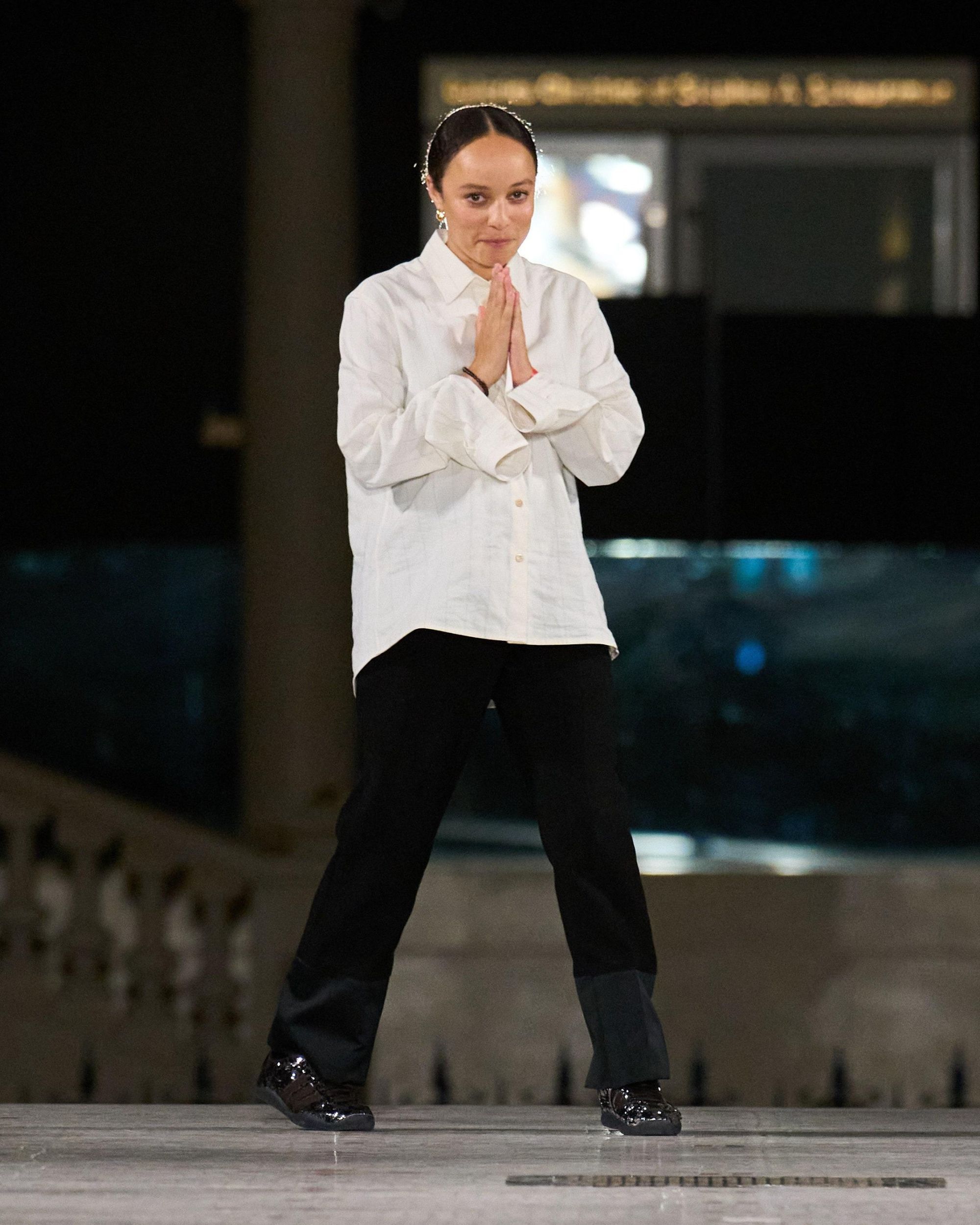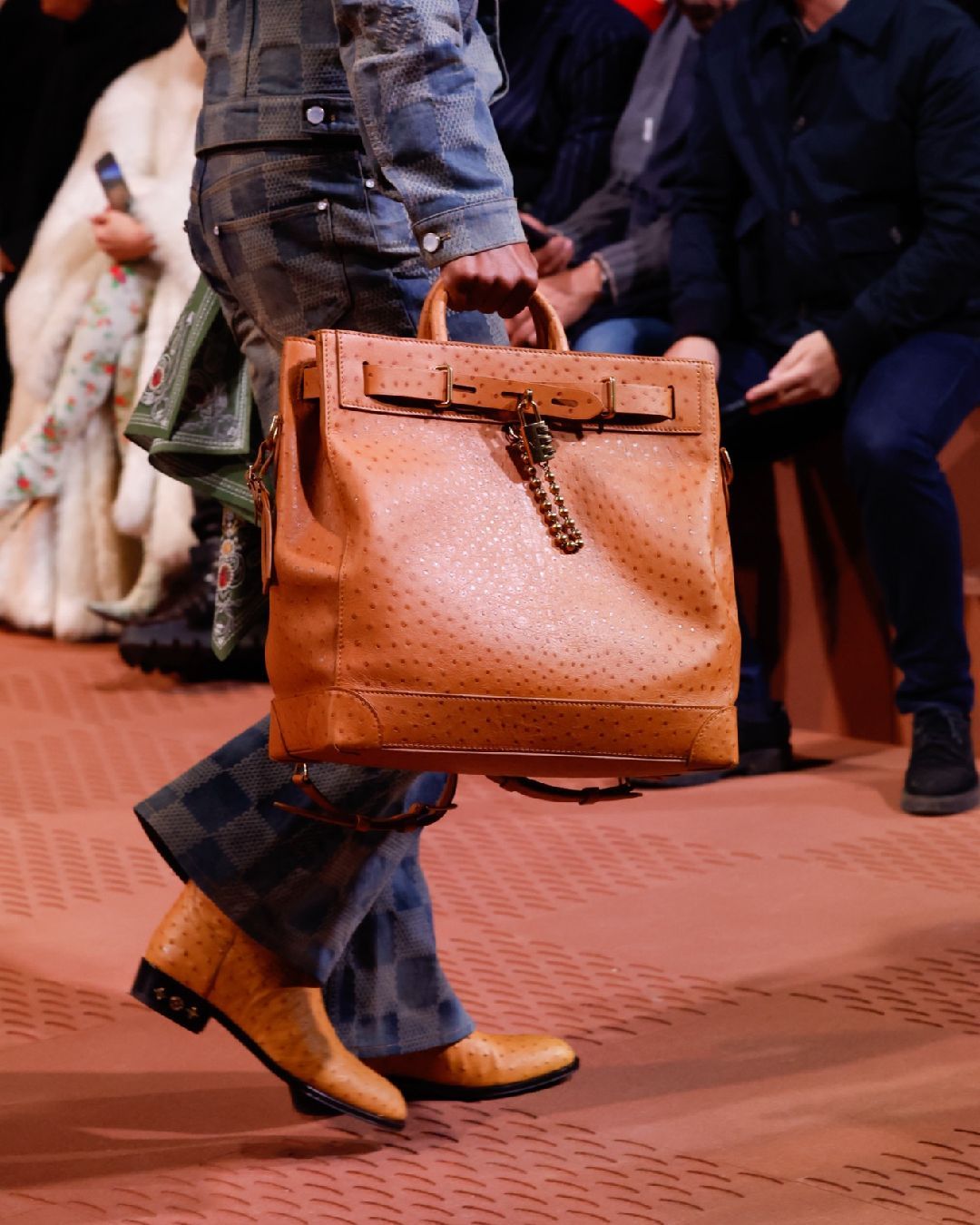
Why Hermès is targeting the Ivy League. Inside the simple but ingenious strategy that made the brand invincible
The excellent performance of Hermès in the first quarter of 2024 demonstrated that its business strategy is not only rooted in tradition but also includes the ability to find new ways to define its positioning in the highest echelons of the market, allowing it to thrive even in challenging economic conditions. While other luxury brands navigate through slowdowns and market uncertainties, Hermès has continued to expand its global presence and sales: in the first quarter of the year overall sales grew by 13% at current exchange rates to €3.81 billion, with Asia growing by 14%, Japan by 25%, the Americas by 12%, and France by 14%, while the rest of Europe saw an increase of 15%. This strong growth is largely attributed to Hermès's commitment to its artisanal roots and its focus on high quality. The company's ability to maintain the exclusivity and desirability of its products has created a loyal customer base, affluent enough to weather market turbulence without significant impact. An important detail: the brand's very cautious approach to price increases, compared to the competition, has played a critical role in supporting its market position and appeal. But the real question is: how does a brand that is already at the top of the food chain climb even higher? The secret, as recently seen from the opening of a new boutique in Princeton, one of the historic locations of the American Ivy League, perhaps lies in an innovative approach to culture, which translates into market positioning.
@alanawesleyann My favorite stores to shop in town #princetonnj #princeton #newjersey #shopping #hermes #hermesprinceton #luxury #luxuryshopping #luxurylifestyle #fyp original sound - Alana
Hermès's success, already a brand accessible only to the wealthiest customers in the world, can be attributed as much to its grounding in French manufacturing tradition as to its innovative strategies, such as targeting specific affluent communities, including Ivy League colleges. By aligning itself with high-profile and highly educated demographics, Hermès is trying to get closer to a niche but extremely wealthy customer segment that wants to associate with the culture of history and excellence that the brand represents, reflecting in some ways the myth of certain private universities. The connection is precisely the brand culture - a term that does not refer so much to literary or artistic culture associated with it, but to Hermès's willingness to position itself in the richest suburban communities to become a fixed point of their urban culture primarilyand to associate more directly with the lifestyle of those who live in these communities. Those studying, living, or working in Princeton are not only privileged because of the beauty of the city, its history, or its high income, but also because they can buy Hermès without having to travel to New York. Beyond the association with the old money, there is also the consideration that its presence in such a wealthy college town creates bonds with future customers when they are already young and on their way to a place in the country's ruling class. In its simplicity, the idea is innovative, given that Hermès is the first luxury brand to settle in the Ivy League enclave, reflecting a broader strategy to penetrate markets that are traditionally less targeted by larger luxury brands, which instead work with big numbers, casting wide nets commercially speaking, in major cities or in places with a higher concentration of tourism.
Why Did Hermès Open in Princeton?
Not sure who is in charge of deciding where the new Hermes stores in the USA go but their location always gives a wider signal to where wealth and therefore luxury is going next.
— Victoria Buchanan (@VictoriaFutures) April 21, 2022
their latest store is set to open in Princeton to capitalise on the Ivy League effect pic.twitter.com/ts5iwvZKd4
The choice of Princeton for Hermès's new boutique responds to several strategic considerations. Firstly, Princeton University attracts just over a thousand students each year, who, combined with old enrollees, form an international and very affluent community, which also includes academics and various visitors, all together representing a constant flow of potential high-end consumers. Secondly, Princeton is a very wealthy suburb compared to the rest of the country, with a significantly higher average household income than the national average, thanks to the presence of high-income professionals who, beyond the small community of students, operate in fields such as biotechnology, pharmaceuticals, and finance. Speaking with Vogue Business, Diane Mahady, Hermès's president in the United States, explained how the pandemic has greatly changed consumer behavior, pushing the wealthy to focus on enclaves, both literal and figurative, which often correspond to historic but well-connected suburbs but far from the increasingly unstable and crowded metropolises. This demographic shift has also shifted the demand for luxury goods outside of major cities, prompting brands like Hermès to respond to the evolving consumption patterns - not dissimilarly to how brands often open boutiques in exclusive vacation locations.
But Hermès's strategy of opening stores in less traditional luxury locations is not limited to Princeton. In recent years, the brand has opened boutiques in other areas far from major cities or at least from the most common urban centers for a historic French brand such as Aspen, Topanga, and Austin, each chosen for its unique demographic and economic characteristics. Still speaking to Vogue, Diane Mahady highlighted how Hermès values and cultivates the concept of neighborhood; thriving on building and maintaining strong relationships with its clientele for whom the boutiques, even small ones, are buttresses. The interesting part of these highly targeted and highly targeted openings is the fact that each boutique is opened after very thorough market research, which led, for example, the new location in Princeton to integrate as much as possible with the surrounding university atmosphere, integrating typical visual elements of libraries, for example. Considering the success that the brand has registered practically forever (we would be tempted to use the adjective "unsinkable," but usually it does not bring luck), it is easy to understand that Hermès plans to continue this strategy, which we could define as one of capillary communication, focusing almost surgically on locations that offer a direct connection to its preferred customer base and that above all have the potential to give a strong presence, both local and international, to the brand.















































